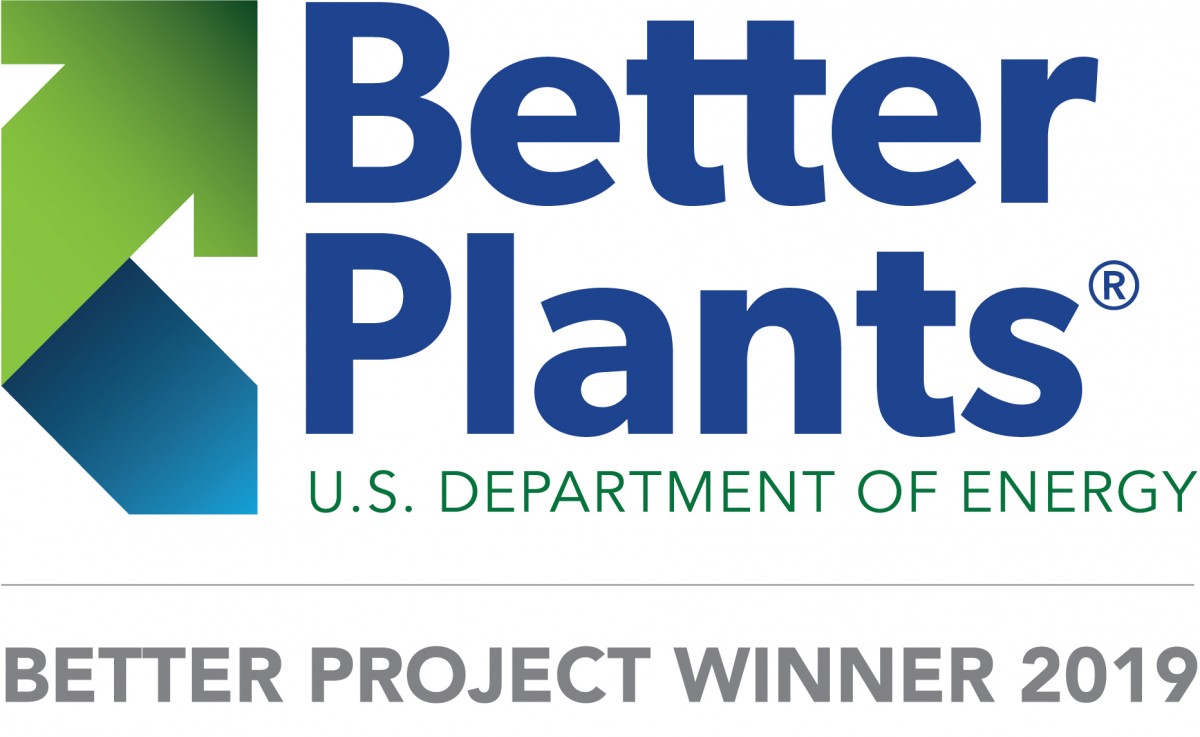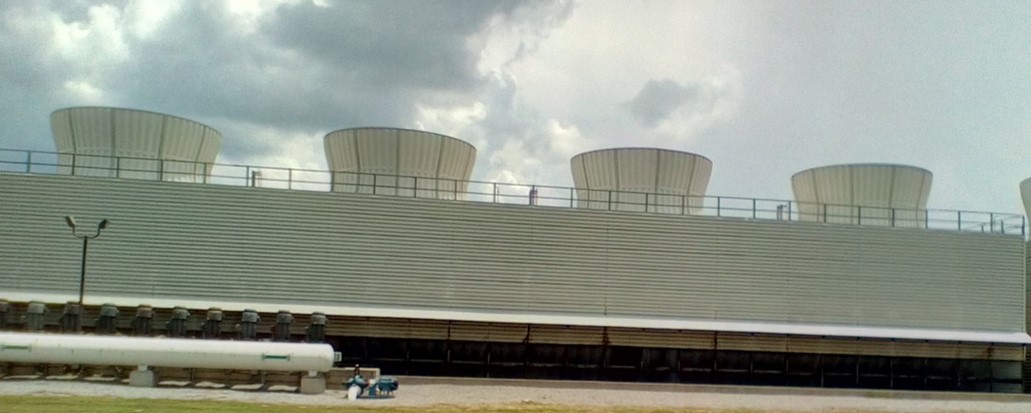Nissan North America: Chilled Water System Upgrades and Dashboard
Solution Overview
During the process of pursuing ISO 50001 certification for Nissan’s vehicle assembly plant in Canton, Mississippi, Nissan’s Energy Team identified their chilled water system as a Significant Energy Use (SEU). Based on the facility’s 2014 energy baseline, the chilled water system accounted for 15% of the plant’s total electrical consumption. Overall, the system consumed over 34 Million kWh in electric to operate.
Background
 During the process of pursuing ISO 50001 certification for Nissan’s vehicle assembly plant in Canton, Mississippi, Nissan’s Energy Team identified their chilled water system as a Significant Energy Use (SEU). Based on the facility’s 2014 energy baseline, the chilled water system accounted for 15% of the plant’s total electrical consumption. Overall, the system consumed over 34 Million kWh in electric to operate.
During the process of pursuing ISO 50001 certification for Nissan’s vehicle assembly plant in Canton, Mississippi, Nissan’s Energy Team identified their chilled water system as a Significant Energy Use (SEU). Based on the facility’s 2014 energy baseline, the chilled water system accounted for 15% of the plant’s total electrical consumption. Overall, the system consumed over 34 Million kWh in electric to operate.
The chilled water system is comprised of 10 chillers with a total cooling capacity of 25,000 tons. The system sends chilled water to the production lines and the HVAC system for the rest of the plant. In an effort to meet the Nissan Green Program and Superior Energy Performance (SEP) goals, they decided to invest in upgrading the chilled water system by making upgrades to the existing system to improve efficiency and installing a dashboard platform to track the energy performance of the chilled water system.
After seeing the proven results from Chrysler at an industry working group meeting in 2013, Nissan investigated a similar chiller optimization project. Their assessment showed that the project economics met their internal payback requirements, so they submitted it for internal corporate funding in 2014, and completed project installation in 2015. The overall cost of the project came out to be around $700,000, which provided a project payback of under 2 years.
Solutions
The upgrades consisted of installing an online, real-time dashboard platform to monitor the four main areas of the system. This online dashboard tracks year-to-date and month-to-date system efficiency (kW/ton) of the project, and allows multiple persons to view the progress of upgrades. To share information on the dashboard, Nissan streams the information to a live monitor on the manufacturing floor to allow plant employees to see the real-time performance.
As part of the chilled water optimization project, Nissan made six major upgrades to the system. These six major items consisted of the following:
- Upgraded the control of the secondary chilled water pumps (SCWP) by modifying the programming of the variable frequency drives (VFD) serving the SCWPs. This enabled the plant to go from a fixed chilled water loop to a variable chilled water loop eliminating the need for the primary chilled water pumps (PCWP); only the secondary pumps are needed to meet demand now.
- Reduced the thermal load from chilled water pumping by reducing the condenser water pump’s load and pulled more water through the chiller on the evaporator side.
- Added VFDs to the condenser water pumps to adjust the speed of the pumps depending on the seasonal variations of cooling loads.
- Optimized chilled water temperatures by adjusting the condenser water and evaporator water flows to maximize temperatures based on changes in outside weather.
- Optimized the chiller sequence by adjusting flows and temperature of water going into the chiller and changing the flow of water through the chillers.
- Adjusted control of the two-stage fans on the cooling tower and optimized operations.
As a result of these upgrades, the plant realized over 40,800 MMBtu in energy savings during the first year that the upgrades went into place. Originally, the chilled water system efficiency was rated and measured at 1 kW/ton; however, after the upgrades, the system efficiency improved to 0.65 kW/ton. This change represented a 35% improvement in system efficiency and resulted in a 3.4% reduction in site electricity consumption. Overall, these savings translated to a 29% reduction in system-level operating costs.
Other Benefits
This chilled water system was designated as the “Significant Energy User” for the Canton site’s pursuit of ISO 50001 and SEP certification. As part of that certification effort, Nissan developed a regression equation for the chilled water system to estimate savings by utilizing outside temperature and production volume as the relevant variables. This approach provided additional credibility to the estimated savings during SEP Performance Verification. This enabled the auditors to easily verify that the Canton site achieved a 20.9% total site-wide improvement in energy performance. The success of this project was instrumental in helping the facility achieve SEP Platinum certification.
Brett Rasmussen (Association of Energy Engineers’ “Energy Engineer of the Year 2012”) was one of the major leads for this optimization project and stated that, “this has been one of my favorite energy-reduction projects I have worked on.”
Looking forward, Nissan is looking to replicate the success of this project. Due to the significant impact and savings of this project at the Canton site, Nissan is in the process of implementing chilled water optimization projects at two other facilities - Smyrna and Decherd, Tennessee.
Image Gallery

Nissan Canton, MS, Plant

Canton, MS Utilities Plant (CUP)

Nissan Facility

Chiller Cooling Towers

System Dashboard

Evap Chilling at CUP


